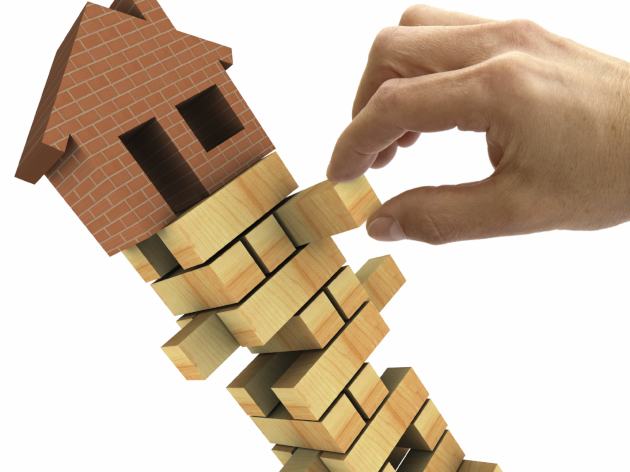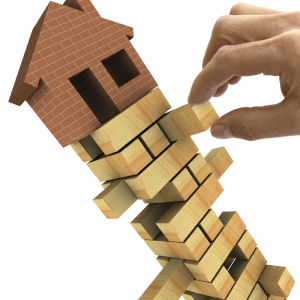
Looking to capitalise on the Sydney market’s good fortune, Luke Metcalfe and his wife sold up and settled in, waiting for things to go pear-shaped for everyone else. As the months went by and prices showed no sign of slowing down, they knew they were in big trouble.
“At the end of 2013 we sold our house in Pyrmont. Prices had improved dramatically and it looked like the time to sell – we didn’t expect things to get any better.
It was one of the worst decisions that we could have made. We moved in with my parents and spent the next 18 months waiting for the crash to happen, hoping to be able to pick up our next property at reduced value.
When the crash never came, it became apparent that we would have to get creative about how we found our next property.
There was a risk that we were going to miss out by waiting any longer, and so we had to get moving. But the market we were buying in was very different to the one we had sold in.
We were looking around the north shore, but we found time and time again that if you wanted to get a good deal you had to get in very quickly. If you waited for the campaign to go all the way through, then you were going to end up with the market price.
It seemed rational for vendors to wait, but it turned out that some vendors wanted to sell quickly. So it became pertinent for us to get in quickly and confidently and know the real value of a house. That was the only way to get a good deal.
In the early stages we got building and pest inspections done, but we found that we simply didn't have time after a while. We needed to find another way of being confident about the value of any property we would make an offer on.
I started compiling a spreadsheet of property attributes, so that we could compare individual properties to median price data and quickly assess their real worth before making a quick offer.
The process involved going to council websites and checking on zoning, figuring out how far it was from different roads and different disturbances, looking at elevation, looking at aircraft noise and school results.
It was an enormous task putting together all this information and we weren't even looking at a specific area – making things even more complicated.
Using this data, and acting quickly and confidently, we ended up being able to secure a larger place in the north shore area, spending $1.4 million.
Back when we started looking, the median for that area was $1 million, which we had initially decided was far too expensive.
To describe the whole experience as painful would be an understatement but, with a strong background in aggregation, I decided to make something useful of it.
I simplified my spreadsheet process into a website, so that fellow buyers, be they investors or owner-occupiers, wouldn't have to go through what we did.
It’s now at the stage where anyone can go online and search for an address and find out the attributes of that place. We give the info that property ads leave out – neighbour demographics, travel times to work and shops, cafes, restaurants, heat maps, public housing, zoning, minimum subdivide size – that kind of thing.
We also score each property by convenience, lifestyle, family, community, affluence and internet access.
The whole process goes to show that big markets are unpredictable – and choosing when to sell in the cycle can be fraught with risk.
Luckily, we were able to take the pain of searching for a new home and turn it into a tool to help others in the same situation.”
Read more:
'The 3 property mistakes that almost cost me everything'





